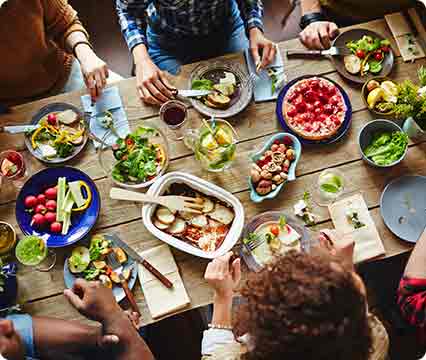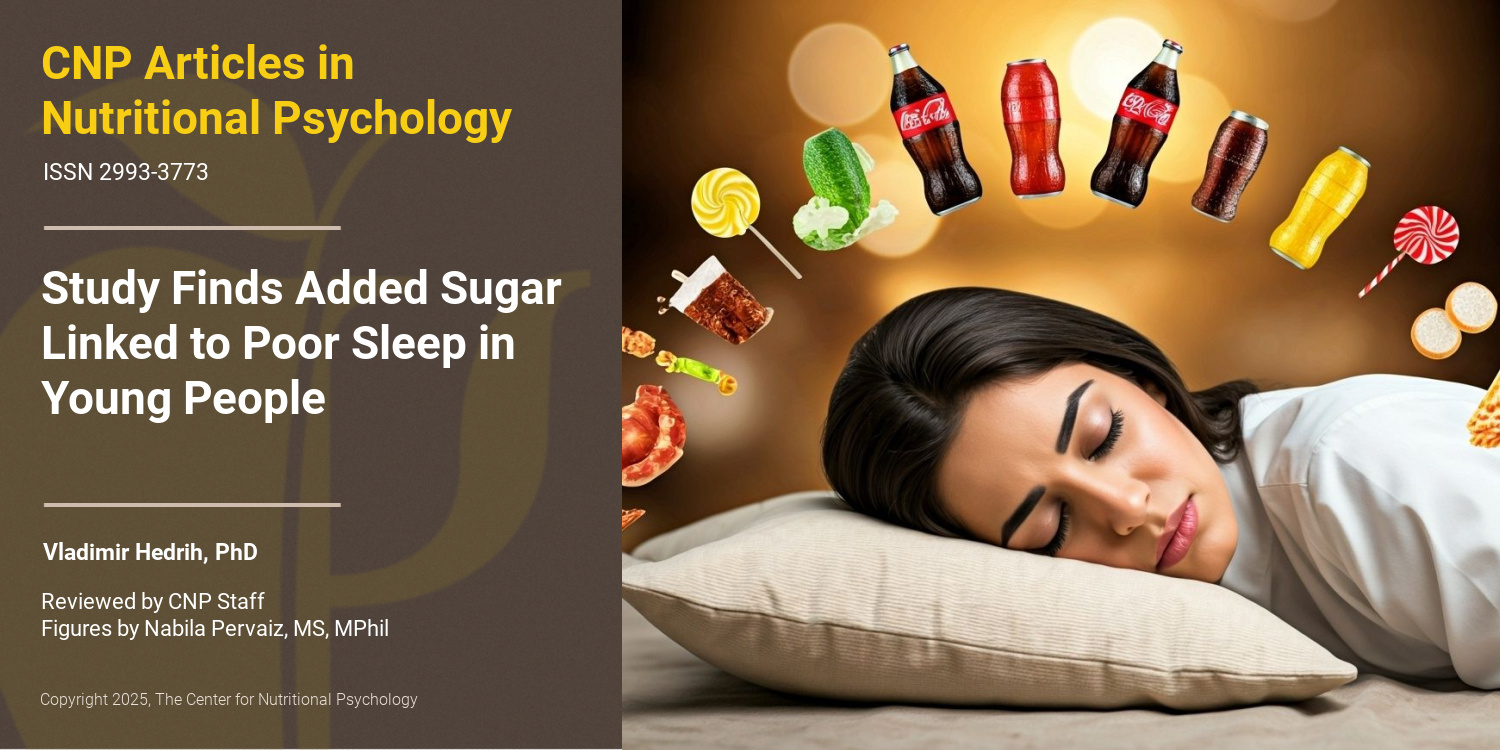Social norms shift behavioral and neural responses to foods
Although social norms are believed to influence eating behavior, this 2015 article highlights that few studies have investigated the underlying mechanisms of this conformity. Thus, this study tested whether group norms can change people’s preferences for foods at both behavioral and neural levels. Firstly, hungry participants were asked to rate their preferences for various healthy and unhealthy foods. Then, each subject was shown what appeared to be the ratings of others, which were all either higher, lower than, or the same as the participants themselves. Everyone was then asked to provide ratings again. The second ratings were found to resemble that of their peers’. This consensus with peers caused greater activity in the nucleus accumbens (a brain region associated with reward prediction errors) when compared with disagreement. The strength of this brain activity predicted the extent to which subjects’ ratings conformed to that of their peers, suggesting that the value associated with consensus drives social influence. Moreover, the brain region called the ventromedial prefrontal cortex (vMPFC) initially responded more strongly to unhealthy foods, compared with healthy foods. However, this effect was overwritten after participants gathered information on others’ likings and popularity of the foods. Overall, these results suggest that group norms can shift food preferences, and that norms-based interventions can be utilized to promote healthy eating habits. [NPID: healthy eating, diet, nutrition, psychology, perception, behaviors, norms, group norms, social norms, preferences, healthy foods]
Year: 2015
 Navigation
Navigation






